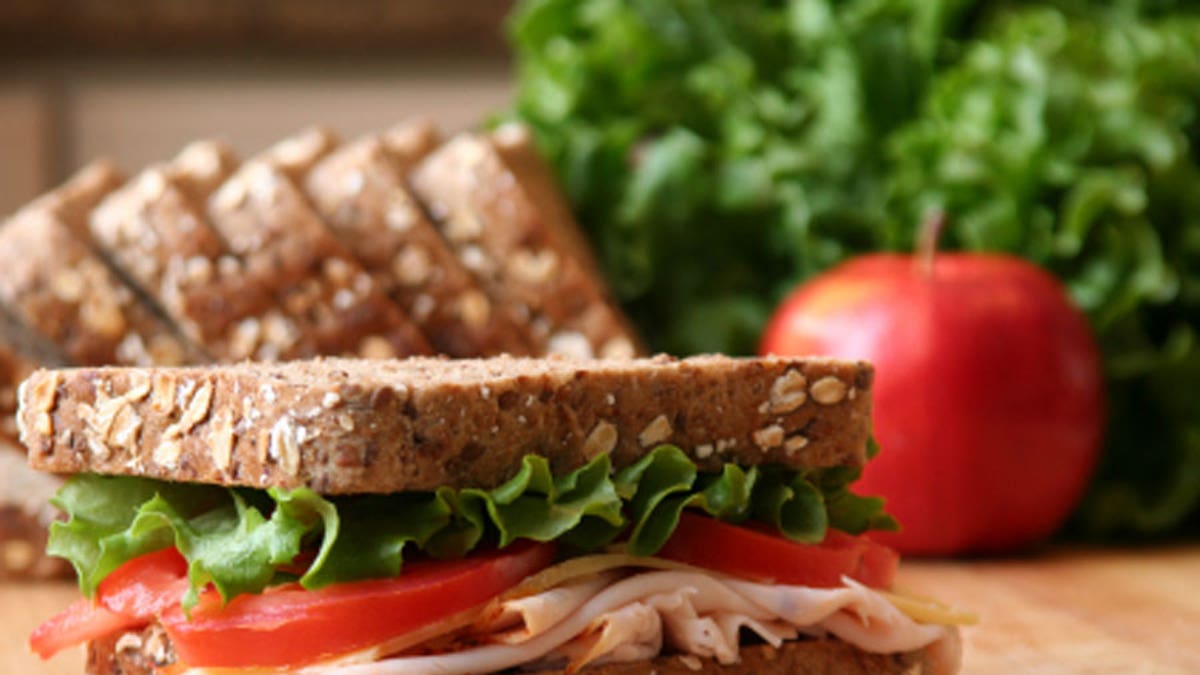
(iStock)
While many menus now boast information about calorie counts and sodium levels, the cafeteria at Massachusetts General Hospital (MGH) in Boston has adopted a simpler way to communicate nutritional information, according to Medical Xpress.
Food items sold in MGH’s cafeteria are now coded with a simple ‘traffic-light’ labeling system, using green, yellow or red labels to reflect the nutritional quality of each product.
In a study in the journal Preventive Medicine, researchers point out that while information about calories, fat and cholesterol is useful to consumers, not everyone possess the ability to interpret that information.
As a result, MGH’s Nutrition and Food Service devised a color-coded system in which the color green was used to label the cafeteria’s healthiest options; yellow was used for less healthy items, and red for those with little or no nutritional value. Signs were also posted within the cafeteria to encourage people to purchase mostly green-labeled items, and fewer yellow or red-labeled items.
Researchers issued surveys to cafeteria customers both a month before and the two months after the labeling experiment began. Overall, the new labeling system seemed to be highly effective at encouraging more people to take nutrition into consideration when making food purchases.
While only 46 percent of people said they considered nutrition an important factor in their cafeteria choices before the project began, 64 percent of cafeteria customers said they took the nutritional value of their food into consideration after the labeling system was launched.
Furthermore, the percentage of people who said they spent more time examining nutritional labels doubled after the project launched, according to Medical Xpress.
"Although we haven't directly compared these "traffic light" labels to other systems, we can say that these labels appear to be more effective than the standard nutritional labeling available on packaged products, said study author Lillian Sonnenberg, a registered dietician at MGH’s Nutrition and Food Service. “The strategy is simpler for customers to understand at the point of purchase and, once the appropriate labels for each item are determined, is relatively easy to implement."
